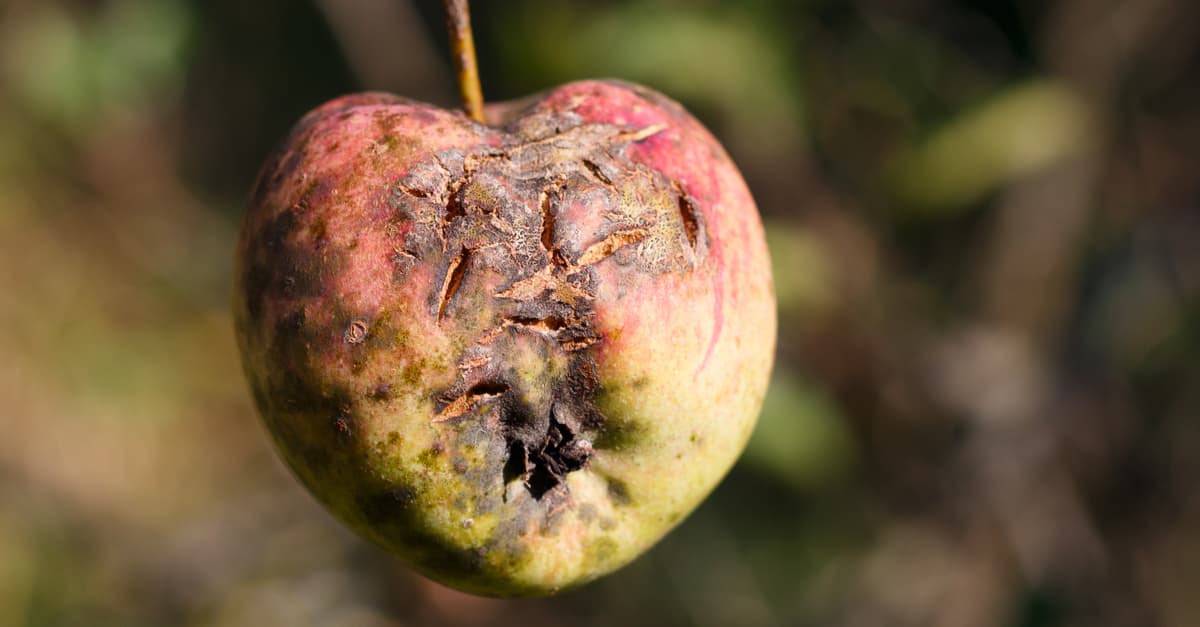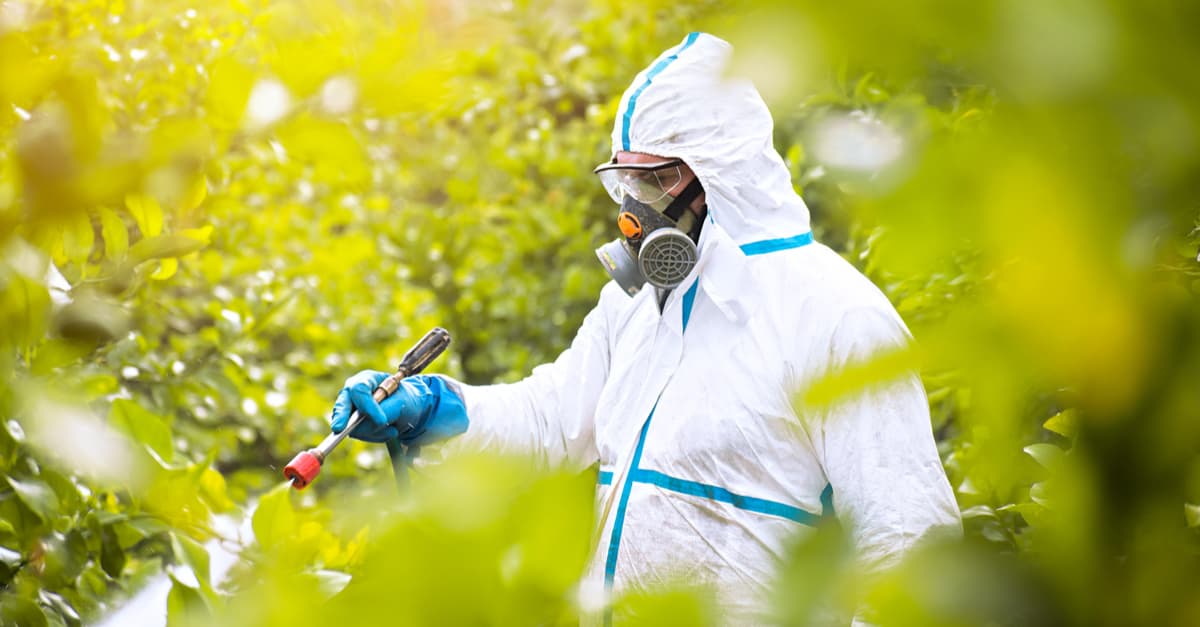Apple scab is one of the most grave diseases in the production of apples. It attacks the leaves, reducing the foliar area of the plant and resulting in lower yields. Most of the severe damage is caused by the fruit, producing crusts that affect its development and commercial quality. Besides, the fruit with scabies has lower conservation in the chamber. Its control using fungicides implies a high number of applications, large volumes of products, appropriate machinery (tractor, sprayer) all that implies a high use of capital and high costs.
The Apple Scab Organism
The causal organism is Venturia inaequalis (Cooke), A superior fungus belonging to the Ascomycotina Subdivision. Its asexual form corresponds to Spilocaea pomi. This fungus produces its ascospores in the spring in fruiting bodies called pseudothecia, created during the winter in the leaves which have fallen on the ground and conidia on the green tissues attacked throughout the vegetative season. It is a facultative saprophytic pathogen, so once mineralized, the leaf in the soil cannot compete with the saprophytic microflora of the place and dies.
What are the Symptoms?

All the green organs of the plant can be attacked (leaves, petioles, flowers, and fruits). However, the most apparent symptoms are leaf spots and crusts on the fruit. On the leaves, the spots are, at first, olive green, with indefinite edges, and later they turn black on the underside. The black color of the stain corresponds to the production of conidia. Later the edges are sharper, and the stain may turn necrotic. In severe attacks of apple scab, defoliation may occur.
On the fruits, the apple scab produces spots that crust over and turn black when sporulating. If the infection starts when the fruit is small, the stained area stops growing, cracks, the fruit is deformed, and these cracks can be a means of entry for other microorganisms, in addition to contributing to its dehydration. The attack when the fruit is already developed does not cause cracking but affects its aesthetic quality. Besides, asymptomatic infections can occur that manifest themselves in cold storage. When the fruit is taken from the cold chamber in which it has been stored, these crusts are surrounded by a white halo of mycelium.
The fungus hibernates on the fallen leaves on the ground. During spring, these leaves produce ascospores that are released with each rain and are responsible for producing the first infections of apple scab on leaves and fruits. Conidia are produced on the symptoms, which are responsible for the secondary cycles of infection during the vegetative season. The cycle closes when the leaves fall back to the ground in the fall.
Control in Cultivation
Plant resistant or tolerant varieties of apple scab, as well as avoid planting in shady or excessively humid areas. Improve tree ventilation and light penetration through proper pruning; This shortens the drying time of the leaves and fruits, as well as facilitating the penetration of phytosanitary products. Keep the grass short and remove any fallen leaves in late fall.
Chemical Control

Employing chemical control to control the primary infection of apple scab and successive secondary infections. The primary inoculum comes from the ascospores that arise from the interior of the perithecia formed during the winter in the leaves that have fallen to the ground; therefore, to reduce the severity of the primary infection, it is necessary to:
- Minimize the number of perithecia that form on the soil leaves; This can be achieved either by collecting them from the ground or by accelerating the litter decomposition process using treatments with 5% urea when approximately 85% of the leaves have fallen.
- Prevent infective spring ascospores from infecting the receptive organs of the apple tree – leaves, flowers, and fruits – since they are susceptible to being colonized by the fungus in conditions of continuous humidity for several hours. The ascospores are not expelled at once but undergo a progressive process of maturation and expulsion of the perithecia, a process that lasts between 6-8 weeks. The flight period of ascospores normally occurs from the beginning of April to the end of May, with variations depending on the weather of each specific year. Good control of the primary infection is essential to minimize subsequent secondary infections. The protection of the tree must be carried out since organs receptive to the disease appear; For this, in the absence of a Warning Station that carries out detailed monitoring of the disease, the most practical thing is to carry out treatments based on the phenology of the crop: – from the C-C3 state to flowering it is protected with treatments using contact fungicides.
- From flowering to fruit setting, protection is carried out with systemic fungicides and/or penetrating fungicides.
- During the rest of the cycle of apple scab, successive secondary infections occur when the necessary humidity conditions are met; These conditions can be known through the use of the Mills tables (updated), which record the number of hours necessary for a secondary infection to take place according to different temperatures and humidity conditions.
- Treatments should be carried out after infective conditions have been given, taking into account the protection periods of previously used fungicides. It is recommended, above all, the use of contact fungicides within 24 hours.
- At the end of the crop, before harvesting and depending on the severity of the infection in the plot, it is possible to choose to carry out a treatment with a systemic fungicide to reduce the future wintering inoculum in the plantation.

